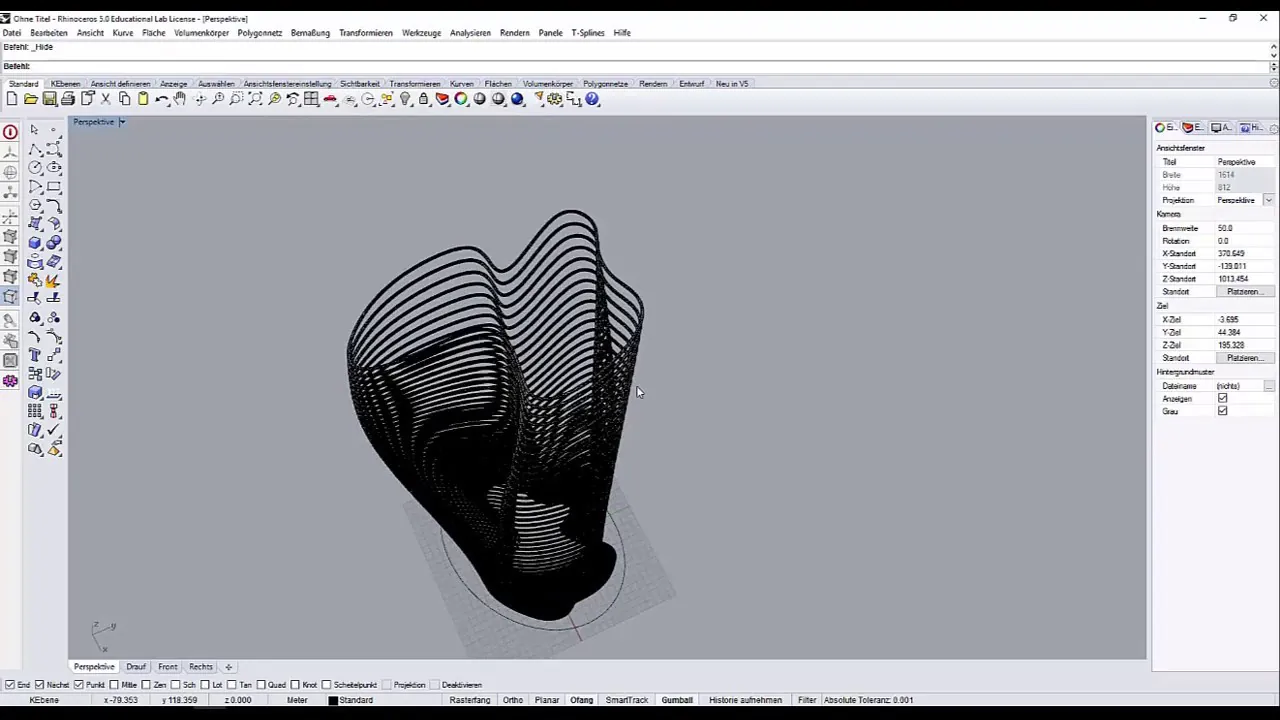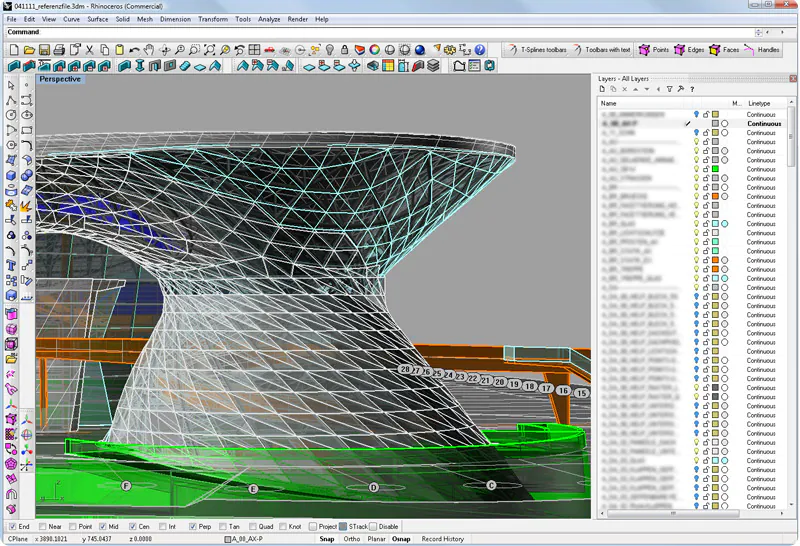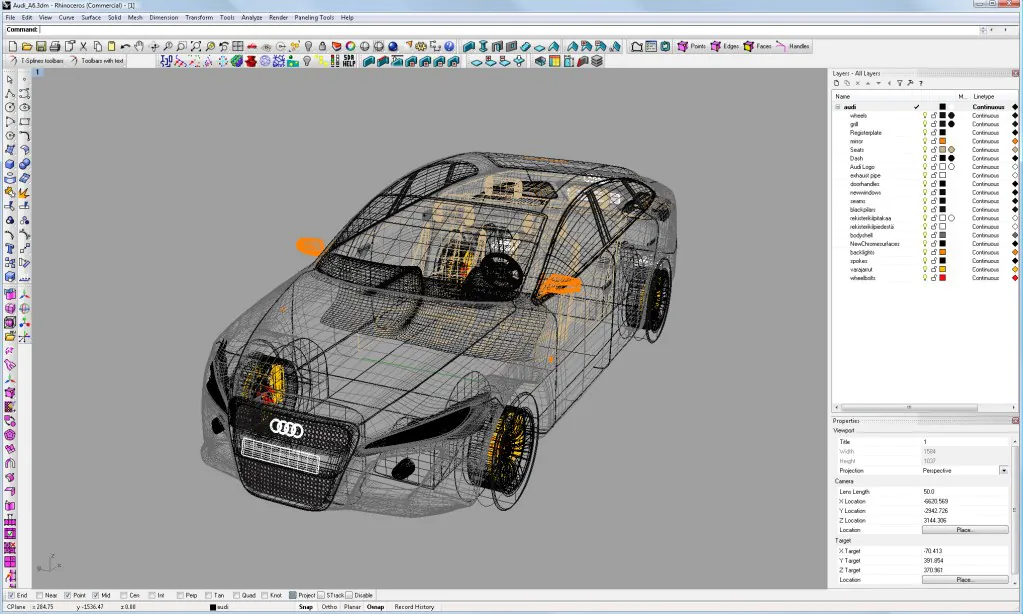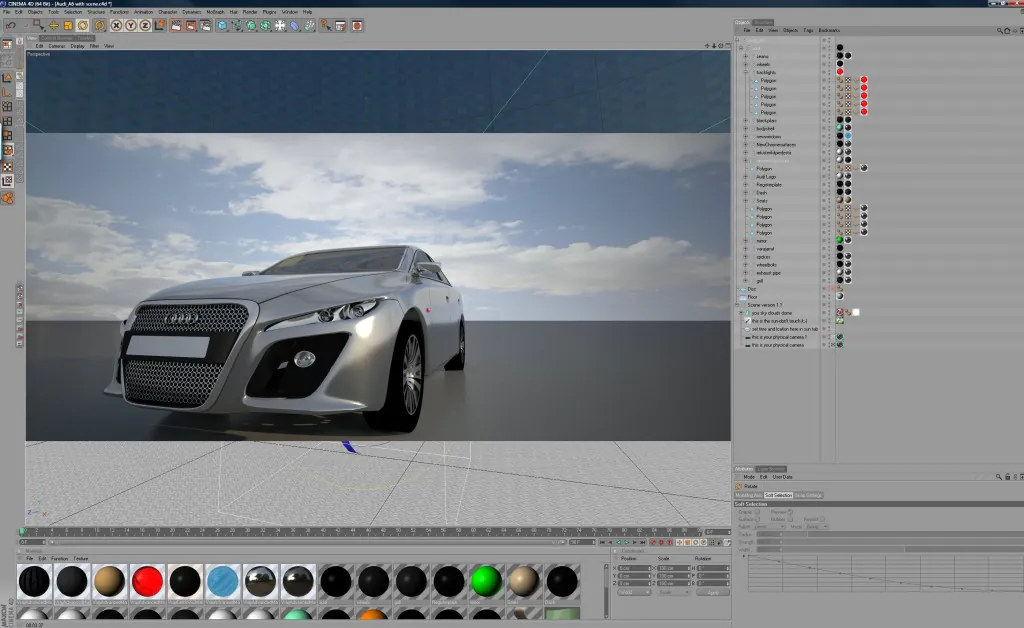
Can Rhino And Cinema 4D Be Used Together?
Rhino and Cinema 4D are powerful 3D modeling and animation software programs offering unique features and capabilities. Rhino, developed by McNeel, is known for its accurate modeling of complex geometry, while Cinema 4D, developed by Maxon, is popular for its versatile animation tools and excellent rendering capabilities. While they serve different purposes, it is possible to use Rhino and Cinema 4D together in a complementary manner. Rhino can be used for the precise modeling of 3D objects and exporting them to Cinema 4D for animation, texturing, and rendering. Alternatively, Cinema 4D can be used to create animations and renderings, which can be imported into Rhino for product design, architecture, or other applications requiring accurate modeling. This way, Rhino and Cinema 4D can be used together to achieve a wider range of creative possibilities.
Using Rhino and Cinema 4D Together: Expanding Your Creative Possibilities
Rhino and Cinema 4D both software programs are often used by professionals in various fields, such as product design, architecture, and visual effects. Each software program has unique strengths and features, making it an excellent choice for different purposes. Rhino is known for its accurate modeling of complex geometry, while Cinema 4D is popular for its versatile animation tools and excellent rendering capabilities. While both programs have their advantages, they can also be used together to create a more comprehensive and powerful 3D workflow.
Combining the Power of Rhino and Cinema 4D
Combining the power of Rhino and Cinema 4D allows designers and artists to expand their creative possibilities by leveraging the strengths of each software program. Rhino can be used to create precise 3D models of complex geometry, which can then be exported to Cinema 4D for animation, texturing, and rendering. Alternatively, Cinema 4D can be used to create animations and renderings, which can be imported into Rhino for product design, architecture, or other applications requiring accurate modeling.
One way to use Rhino and Cinema 4D together is to create 3D models in Rhino and then export them to Cinema 4D for animation and rendering. Rhino is known for its accurate complex geometry modeling and is often used in product design, architecture, and engineering. Once the 3D models are created in Rhino, they can be exported to Cinema 4D in several file formats, including OBJ, FBX, and COLLADA. Once imported into Cinema 4D, the models can be textured, animated, and rendered using the software’s powerful tools and features.
Another way to use Rhino and Cinema 4D together is to create animations and renderings in Cinema 4D and then import them into Rhino for use in product design, architecture, or other applications that require accurate modeling. Cinema 4D is known for its versatile animation tools and excellent rendering capabilities and is often used in visual effects and motion graphics. Once the animations and renderings are created in Cinema 4D, they can be exported to Rhino in a variety of file formats, including 3DM and IGES. Once the animations and renderings are imported into Rhino, they can be used to create accurate 3D models of products or buildings, which can then be further developed and refined.
Benefits of Using Rhino and Cinema 4D Together
There are several benefits to using Rhino and Cinema 4D together. One of the primary benefits is the ability to leverage the strengths of each software program. Rhino is known for its accurate modeling of complex geometry, while Cinema 4D is popular for its versatile animation tools and excellent rendering capabilities. By using both software programs together, designers and artists can take advantage of the strengths of each program, creating more comprehensive and powerful 3D workflows.
Another benefit of using Rhino and Cinema 4D together is the ability to work with a wide range of file formats. Rhino and Cinema 4D can import and export various file formats, making it easy to transfer 3D models, animations, and renderings between the two programs. That allows designers and artists to work with a wide range of software and collaborate with others who may be using different software programs.
Using Rhino and Cinema 4D together also allows for a more efficient workflow. Designers and artists can create 3D models in Rhino and then export them to Cinema 4D for animation and rendering, or they can create animations and renderings in Cinema 4D and then import them into Rhino for use in product design or architecture. This streamlined workflow saves time and allows designers and artists to focus on the creative aspects of their work rather than spending time on technical details.
Examples of Using Rhino and Cinema 4D Together
There are many examples of how Rhino and Cinema 4D can be used together to create compelling 3D models, animations, and renderings. Here are a few examples:
Product Design
Product designers can use Rhino to create accurate 3D models of products and then export them to Cinema 4D for animation and rendering. For example, a product designer could create a 3D model of a smartphone in Rhino and then export it to Cinema 4D to create an animation that shows the phone’s features and functionality. The animation could then be used in marketing materials or presentations.
Architecture
Architects can use Rhino to create accurate 3D models of buildings and then export them to Cinema 4D for animation and rendering. For example, an architect could create a 3D model of a building in Rhino and then export it to Cinema 4D to create an animation that shows the building’s interior and exterior design. The animation could then be used in presentations or marketing materials.
Visual Effects
Visual effects artists can use Cinema 4D to create complex animations and renderings and then import them into Rhino to create accurate 3D models. For example, a visual effects artist could create a complex animation of a spaceship in Cinema 4D and then import it into Rhino to create an accurate 3D model of the spaceship. The 3D model could then be used in film or television productions.
Game Design
Game designers can use both Rhino and Cinema 4D to create 3D models, animations, and renderings for their games. For example, a game designer could create a 3D model of a character in Rhino and then export it to Cinema 4D to create animations and renderings of the character in action. The animations and renderings could then be used in the game.
Some Additional Considerations
While there are many benefits to using Rhino and Cinema 4D together, there are also additional details worth noting about this workflow. Here are a few points to consider:
Third-Party Compatibility
The compatibility between Rhino and Cinema 4D is not limited to file format. Both programs are also compatible with many third-party plugins and software, which can enhance their capabilities and offer even more creative possibilities. For example, the Grasshopper plugin for Rhino can be used to create complex parametric designs that can be exported to Cinema 4D for animation and rendering.
Integration with Other Software Programs
Rhino and Cinema 4D are not the only software programs that can be used together. Many other 3D modeling and animation programs can also be integrated with Rhino or Cinema 4D to create a more comprehensive workflow. Some examples include Autodesk Maya, 3ds Max, and SketchUp. By combining these software programs, designers and artists can leverage the strengths of each tool and create more complex and detailed 3D models and animations.
Educational Use
The use of Rhino and Cinema 4D together can also be beneficial for educational purposes. Many design and animation schools and universities offer courses and programs that teach the use of these two software programs together, giving students a comprehensive understanding of 3D modeling and animation. By learning how to use Rhino and Cinema 4D together, students can be better prepared for careers in various industries that require 3D design and animation skills.
Challenges and Learning Curve
While there are many benefits to using Rhino and Cinema 4D together, there can also be some challenges, particularly regarding the learning curve and software compatibility. Rhino and Cinema 4D have unique workflows and interfaces, which can take time to master. Additionally, the two software programs can have compatibility issues when transferring files. However, with proper training and practice, designers and artists can overcome these challenges and create compelling 3D models, animations, and renderings.
By considering these additional details, designers and artists can determine whether using Rhino and Cinema 4D together is the right workflow for their specific projects and goals. With the proper tools and training, the combination of these software programs can offer a powerful and comprehensive 3D modeling and animation workflow.
Conclusion
In summary, Rhino and Cinema 4D are both powerful 3D modeling and animation software programs that can be used together to generate a more comprehensive 3D workflow. By combining the strengths of each program, designers and artists can create accurate 3D models of complex geometry and then animate and render them in Cinema 4D. That can be beneficial for a wide range of industries, including product design, architecture, visual effects, and game design. By using Rhino and Cinema 4D together, designers and artists can expand their creative possibilities and bring their ideas to life in a more efficient and effective manner.







